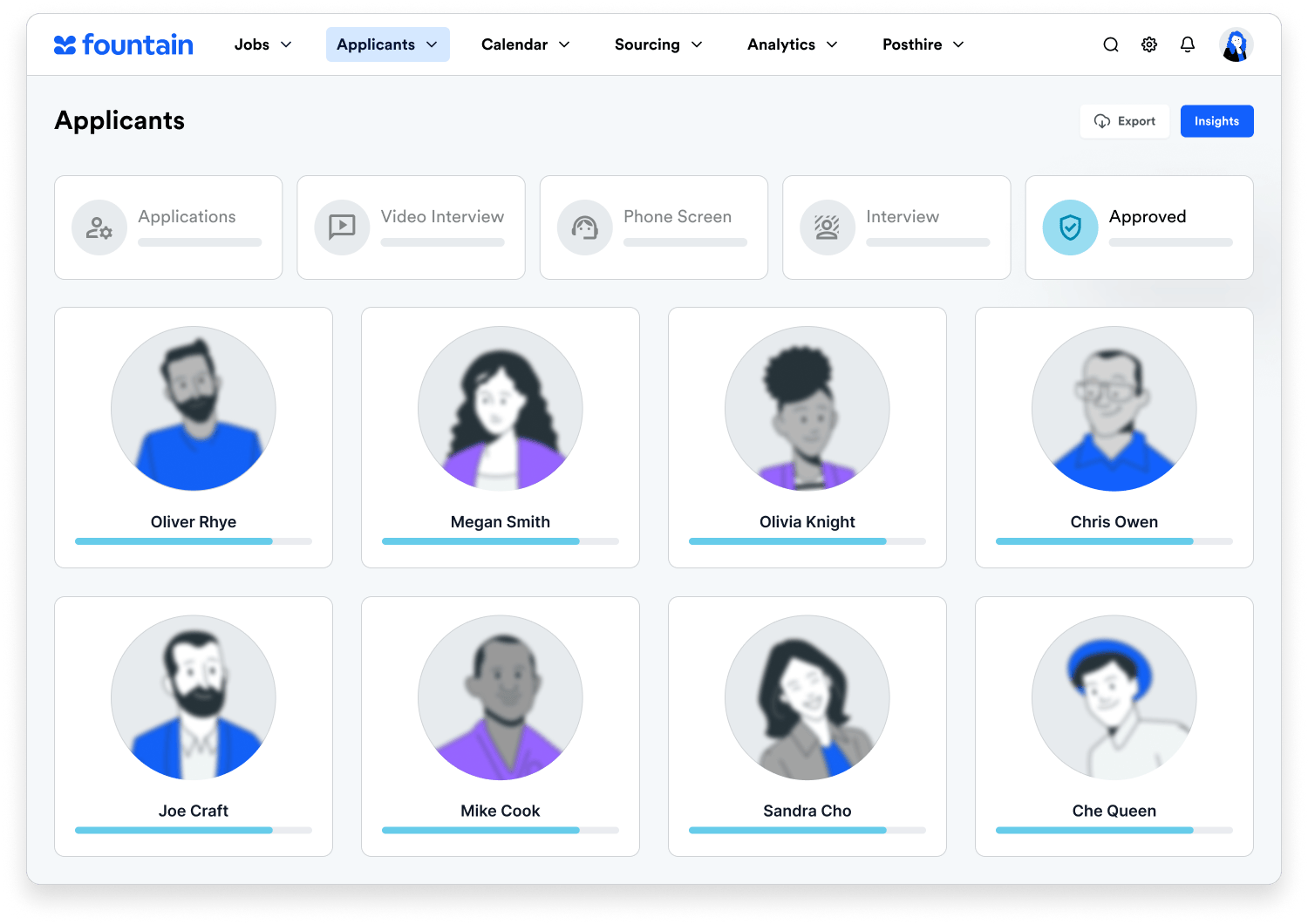With vaccination distribution ramping up, COVID-19 cases have begun to decline. While we’re not fully out of the woods yet, it’s time for HR leaders and Recruiting teams to begin planning for life after the pandemic.
Never before has the world had to embrace a remote-first working environment. While it’s certainly a relief that we seem to be trending toward the end of the pandemic, this dramatic shift has led companies to embrace digital transformation.
This transformation is leading to the development of new tools and technologies that eliminate manual tasks, allowing employees to operate at peak levels of efficiency. We’re left with a question: What does an optimal working environment look like? The answer is unclear and it’s going to be different for each industry.
Recruiting leaders will need to uncover new best practices and continuously adapt to the “new normal” workforce.
Fortune 500 Companies Are Adapting
In response to the changing high volume hiring landscape, leading companies like Amazon, American Express, Starbucks, and Target, have begun implementing long-term remote work initiatives.
The initial concern when the pandemic first hit was that without in-person oversight, we’d see a dramatic decline in productivity. The opposite actually occurred: 94% of companies interviewed by Mercer agreed that productivity either remained the same or increased.
This realization was surprising to many business leaders. This doesn’t appear to be a temporary increase either. A study conducted by Stanford in 2015 revealed that working from home can lead to a 13% increase in productivity.
Allowing employees the freedom to work from home also means that major companies can begin to downsize their office spaces, saving a ton of money in commercial real estate costs. According to Fortune, 76% of CEOs anticipate reducing their office space moving forward.
The change to a remote-first environment has been met with little resistance from the workforce. Even before the pandemic, 99% of workers agreed that they would want to work remotely at least part-time for the rest of their careers.
Companies that continue to force their corporate employees into a 9-to-5 office setting may find themselves losing out on top talent due to the growing number of flexible, alternative opportunities.
While primarily corporate, B2B companies can (and should) embrace a remote-first workforce, B2C companies must consider consumer behavior when implementing changes.
What Does a Pandemic-Free Economy Mean for Consumer Behavior?
Shopping patterns inevitably changed during the pandemic. Now business leaders need to figure out the extent of these changes as we move into a pandemic-free economy.
Take retail for example: Last year companies saw online shopping increase by 44%, but will that number sustain throughout 2021 and 2022? Consumer behavior was already shifting toward digital commerce—the pandemic just accelerated the inevitable, so it’s reasonable to assume that this increase may continue.
Since the pandemic began, consumers have been pushed out of their comfort zones and forced to embrace new habits. We’ve become more conscious about what we’re buying, why we’re buying it, and who we’re buying from Three long-term consumer trends include:
- The ever-increasing focus on health
- A rise in conscious consumption and limiting food waste
- A growing preference for all things local
If these changes remain, they’re likely going to impact the way enterprise organizations hire employees and what roles they need to hire for.
How Would These Changes Impact Job Functions and Recruitment?
Continuing with the retail example, what might this increase in digital commerce mean for high volume retail recruiters? For one, their focus may shift from hiring store associates to hiring customer service representatives to operate the phones and assist customers who are just starting to embrace the online shopping experience.
It also could mean that instead of hiring a store associate to greet and cater to in-store customers, you’ll need to hire employees to assist with contact-free store pickup.
The same evolution could be seen for coffee shops like Starbucks and Peets Coffee. Curbside coffee pickup saw a 521% increase in 2020. The convenience of a curbside pickup makes it reasonable to assume this is going to be a continued service. This could create an entirely new role for recruiters to recruit for.

